Choosing the best fertilizer for radishes and applying the top dressing correctly
The main advantage of the radish is its simplicity. It sprouts well after the first snow melts and bears fruit perfectly in the greenhouse all year round. Experienced gardeners use well-known store-bought fertilizers and effective folk remedies to enrich the soil for planting radishes.
What kind of fertilizer for radishes is especially useful and how to get a rich harvest with minimal costs, we will tell in this article.
The content of the article
The importance of feeding radishes
Radish diversifies the meager spring diet and fills it with vitamins and minerals. The growing season for radishes is minimal - 18-35 days, depending on varieties and growing conditions. Timely application of fertilizers for rapid growth significantly reduces the maturation time of the root crop and makes it tastier.
Attention! Over-fertilization and prolonged droughts negatively affect the yield. Radishes become rough and woody.
How to feed radishes
Radish prefers slightly acidic or neutral soils. If the balance is disturbed, the soil is enriched before planting and during the active growing season. Villagers prefer to apply organic fertilizers to the soil, urban residents prefer ready-made mineral mixtures.
Yeast

Many summer residents are widely aware of expensive EM preparations, the so-called soil activators. They contain unicellular fungal organisms that break down nutrients and activate the soil microflora.
Natural yeast is considered a good analogue of expensive agronomic stimulants. They provoke the growth of the root system and the development of the vegetative part.
To water the radish, prepare a solution of 100 g of yeast and 10 liters of warm water. The mixture is left overnight in a warm place. The aisles are added at the time of germination, 5-10 days after sowing.
Litter
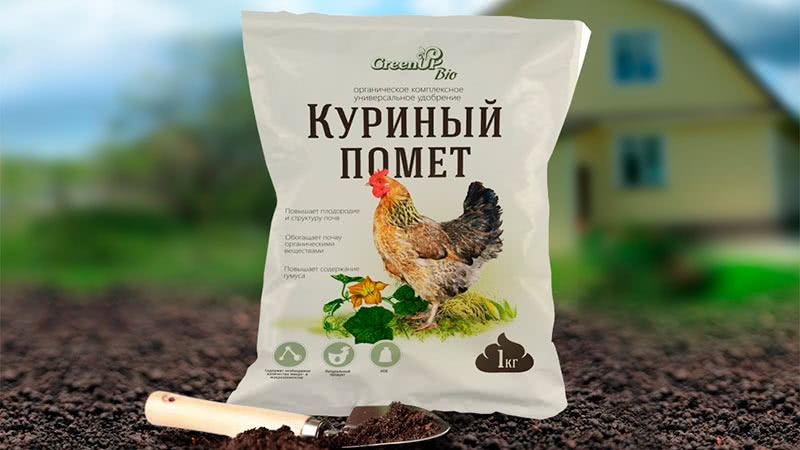
Fresh chicken droppings should never be applied undiluted to the soil. Gardeners pre-prepare it as follows:
- 0.5 l of litter is bred in a bucket of water and insisted overnight;
- 1 liter of litter is diluted in 3 liters of water, infused for 3 days, add 1 tbsp. l. "Baikal";
- 1 liter of litter is diluted in 3 liters of water, mixed and the slurry is diluted in 10 liters of water.
Chicken manure contains phosphorus, potassium, magnesium and nitrogen in the optimal amount for radish.
Ash
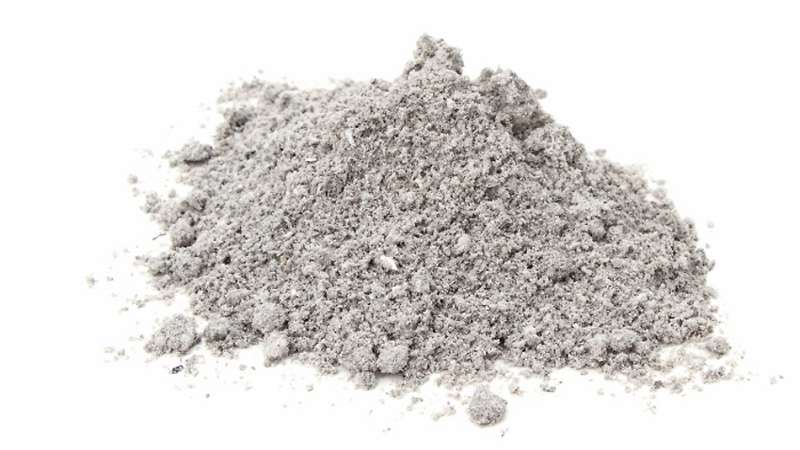
Ash is used in two ways:
- Spraying the first leaves to combat cruciferous flea beetle.
- Application to the furrow at the bottom during sowing of seeds in open ground in spring.
Ash successfully replaces ready-made nitrogen fertilizers and is considered their natural, environmentally friendly analogue.
Herbal infusions
Herbal infusions from weeds are successfully used in private gardening. Best of all, infusions of nettle, tansy, and rape have proven themselves.
To prepare the composition is simple:
- The tin barrel is filled with crushed green mass by 2/3.
- Top up with warm water and put in the sun, covered with burlap.
- Insist for 7-12 days, stir intensively every day.
1 liter of the mixture is diluted in a bucket of water and poured into the aisles on the 10-15th day of the growth of the cruciferous culture.
Minerals
Adherents of the traditional approach in agronomy use mineral fertilizers in combination with organic ones.
Unprepared areas in the spring are brought to an optimal state during the period of planting seeds in the ground. The fertilizer is spread on the bottom of the wet furrow.
A versatile planting compound includes:
- 80 double superphosphate;
- 20 g of urea;
- 2 glasses of ash;
- compost bucket.
Top dressing in the greenhouse and open field
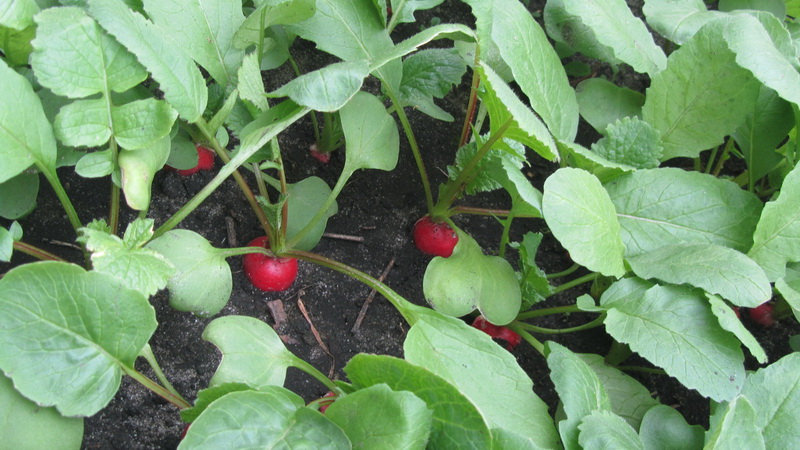
Radish grows well in a greenhouse with regular feeding. If the seeds planted in rich soil mixtures, during the growing season and planting, the culture does not need additional nutrition.
In the case when the depletion of the tops is observed, the beds are covered with ash directly along the leaf rosettes. Mineral potassium-phosphorus mixtures are applied in the form of a solution during the next watering.
Attention! It is not recommended to water the radishes in the greenhouse with droppings and herbal infusions. In conditions of insufficient air exchange, the soil will melt from such "treatment".
Top dressing of radish in the open field, both foliar and soil, is carried out taking into account the appearance of the tops. Liquid foliar application is done early at dawn or late in the evening to avoid sun damage to the foliage. Organic and complex nutrient mixtures are considered the best for application to the soil.
The last feeding of radish is carried out no later than 5-7 days before harvest, so that the culture has time to fully assimilate the nutrients.
The nuances of feeding at the planting stage and after germination
Ideal conditions for the growth of radishes are the preparation of the beds and the application of fertilizers in the fall and heavy rains in the spring. Agrotechnics cultivation crops in such areas is limited to timely pest control and weeding.
On a note! Before planting radishes in beds with poor soil seed pre-soaked for 12 hours in a solution of potassium humate, "Epin", "Novofert".
On the 4-7th day after sowing, the first shoots of radish appear. From this moment, the culture begins to actively form the root crop and accumulate nutrients in it. This time is optimal for re-feeding.
Fertilizers are added to the aisles, preferably in the early morning or late evening. Compositions based on chicken or rabbit droppings in the second week of growth, radishes take best.
How to feed a radish so that it grows faster
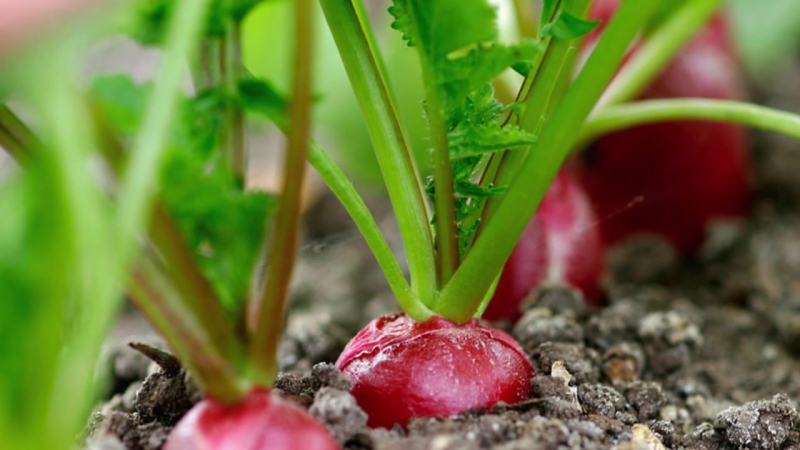
A significant delay in the growth and development of radish tops indicates a lack of nitrogen. Replenish the missing element in the soil simply with the help of urea. To prepare a nutrient solution 2 tbsp. l. powder is diluted in 10 liters of warm water and mixed thoroughly. The solution is sprayed onto deciduous rosettes and poured into the aisles.
Important! The urea composition is prepared directly on the day of use. It is not suitable for future storage.
Do radishes need potassium
The rapid growth and development of the ground part of the plant does not always indicate that the roots in the ground are large and juicy. If the rosette of the radish is beautiful, and the roots are small, knotty and crooked, the culture needs phosphorus-potassium fertilizers.
The situation in the garden is instantly corrected by the use of such a composition:
- 80 g superphosphate;
- 40 g sulfuric acid;
- 2 glasses of ash.
Prepare the salvage solution as follows:
- dry components are mixed in a separate container until smooth;
- the finished powder is diluted in 10 liters of water at room temperature (22-25 ° C);
- the solution is vigorously mixed and insisted for 20-25 minutes;
- water the aisles, trying not to get on the leaves and stems.
If the soil is too dry, it is recommended to water abundantly a day before applying potassium-phosphorus fertilizers. This will keep the culture in good shape and reduce the dangerous concentration of minerals in the soil.
Reference. When radish beds are prepared in the garden in the fall, it is useful to add 15-20 g of superphosphate and 20 g of calcium chloride per 1 m2 for digging.
Reviews
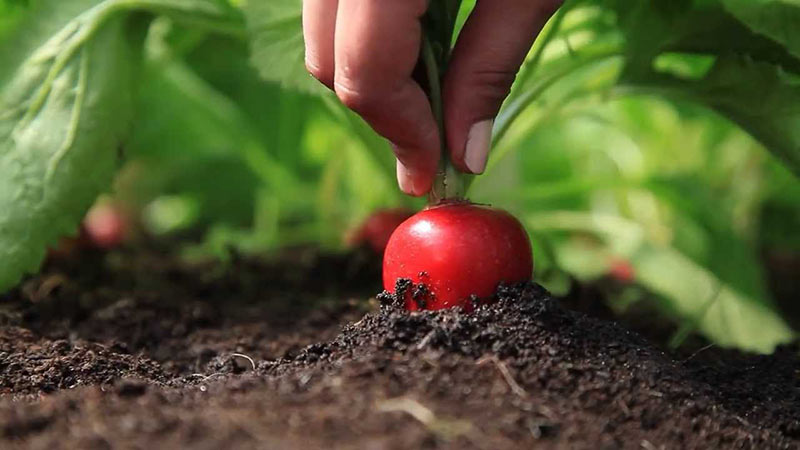
Reviews of feeding and the effectiveness of fertilizers depend on the preferences of gardeners, their capabilities and the growth phase of the radish.
Marina, 37 years old, Oryol: “I sow radishes exclusively at a temperature of 2-3 degrees into the ground immediately after the snow melts. According to my many years of observations, it grows under such conditions juicy, large, moderately spicy.From year to year I fertilize the bottom of the hole in the same way - with ash from branches from my own summer cottage. The method has never failed. "
Maxim Maksimovich, 54 years old, Rostov-on-Don: “My wife loves radishes, for her I plant the crop 5-6 times during the summer. I tried yeast, store fertilizers, compost. Stopped on a herbal infusion. With this method, root crops are juicy, do not taste bitter, there is no coarse core inside. Again, the financial cost is zero. "
Ivan, 29 years old, Moscow region: “I grow radishes in February in a greenhouse, I have never fertilized. Last year, I noticed a depletion of the soil, the fruits became dry and empty. This year I corrected the situation with a complex composition of chicken manure and "Baikal". I was satisfied with the final quality and earned decent money. "
Conclusion
Timely feeding and understanding how to fertilize root crops is the task of every zealous summer resident. The culture actively responds to feeding and produces juicy, moderately spicy root crops in the shortest possible time.
When applying fertilizers for radishes, it is important to adhere to three basic rules. Firstly, concentrated solutions must be diluted with clean water to avoid scalding the green part of the plant. Secondly, when applying fertilizer, it is poured into the aisles so as not to inhibit the growth of root hairs. Thirdly, nitrogen compositions are introduced during the active growing season, and phosphorus-potassium ones - during the formation of fruits.
The type and composition of nutritional mixtures are usually chosen independently, taking into account their own preferences.